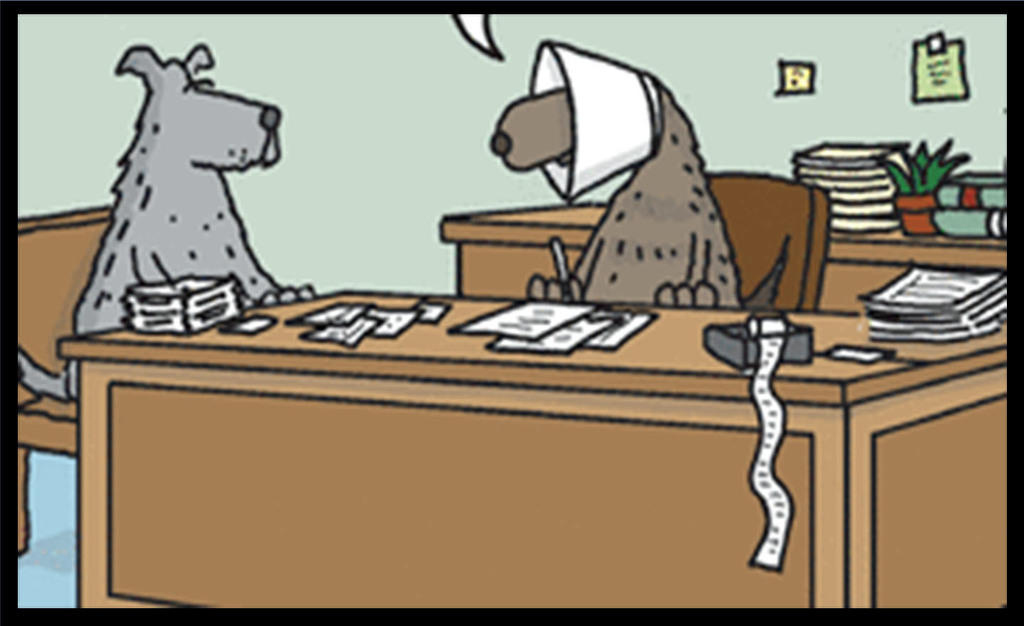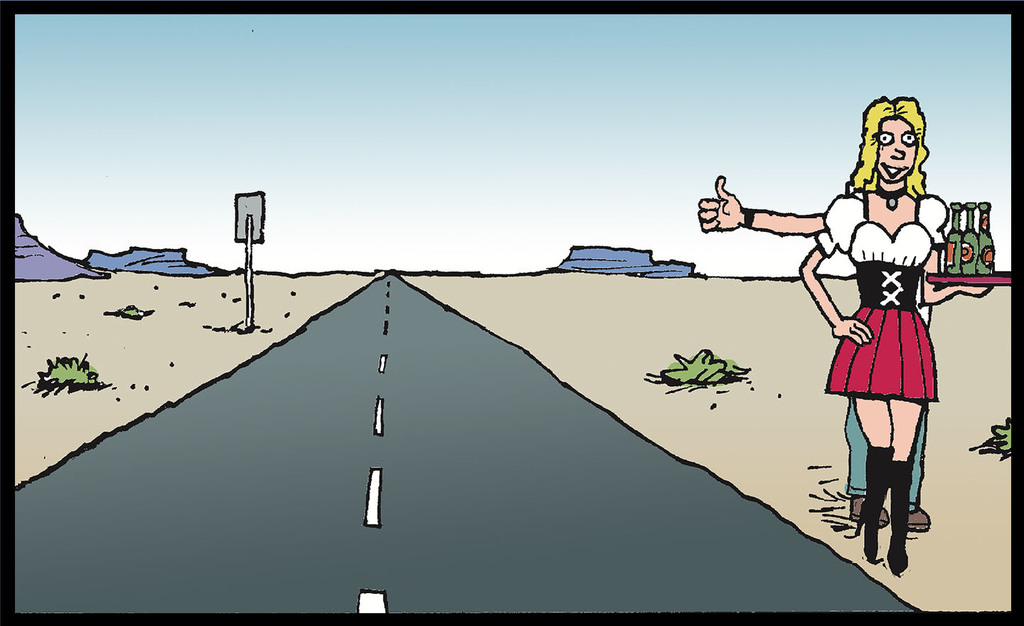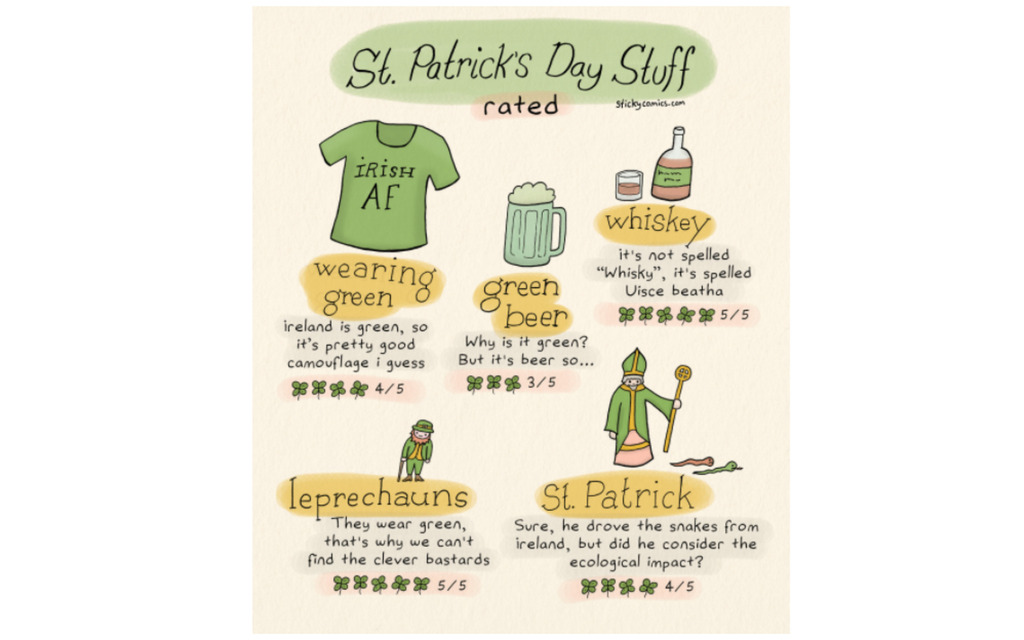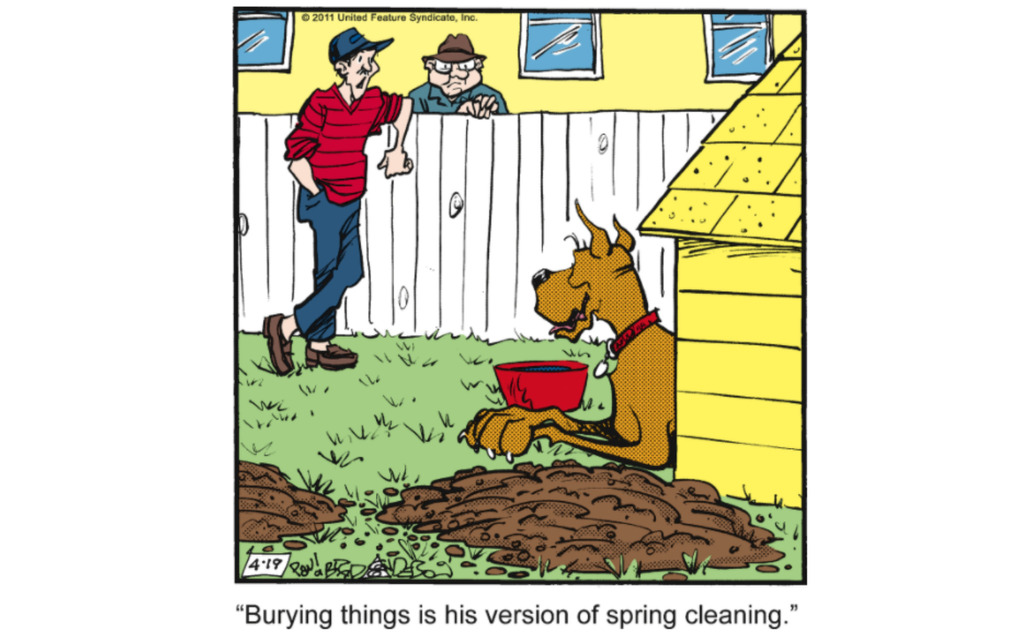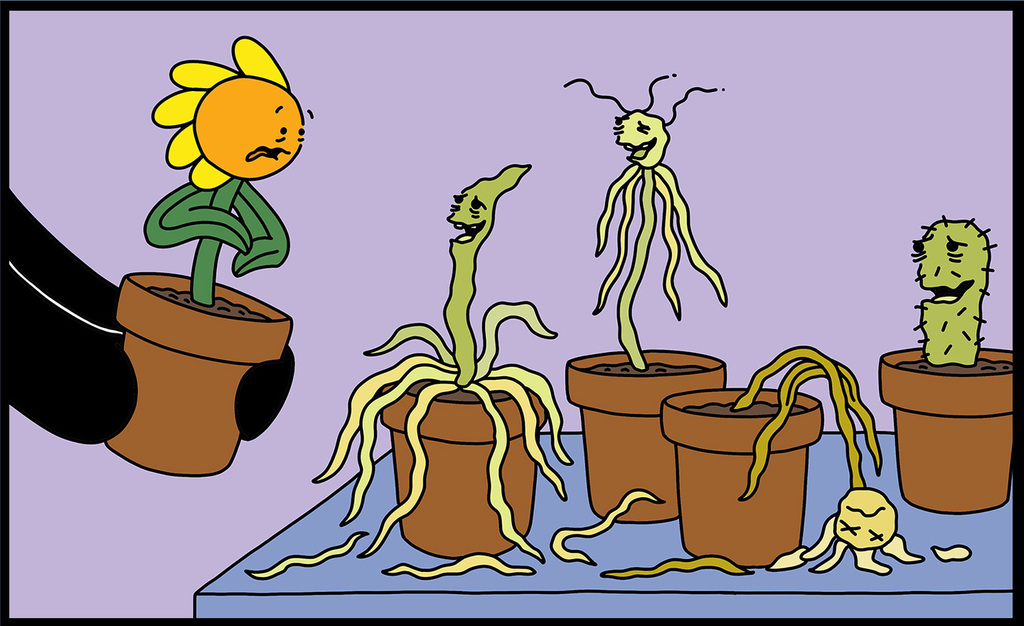Cheers to 30 Years of "Non Sequitur"
by GoComics TeamHappy 30 years to Non Sequitur, Wiley Miller's wry look at the absurdities of everyday life. The strip has received four National Cartoonists Society divisional awards, the most prestigious in cartooning. Miller also won the 2013 Ruben Award for Outstanding Cartoonist of the Year. We chatted with Miller to commemorate the 30th anniversary.

What do you think it is about Non Sequitur that has made it so popular with readers for so long?
That’s something I really can’t answer, as I’m too close to the forest to see trees in it, but the most frequent (non-hate mail) response I’ve gotten from the readers over the years has been gratitude for not dumbing-down the material. My approach has always been to assume the intelligence of the reader, which stemmed from my career as an editorial cartoonist before doing Non Sequitur. I created the strip by blending my varied work as an editorial cartoonist, magazine gag cartoonist and comic strip cartoonist into one hybrid feature, which made it unique when it was first launched.
But my mom, who passed away two years ago, would tell you it’s because Non Sequitur is the greatest comic strip ever created. She clipped out the strip every day and pasted them in photo albums until she was too weak to do it anymore. She had a LOT of those albums. I miss her.
Can you share what your experience has been like working with Andrews McMeel?
I’m contractually obligated to not mention being chained to a drawing board in the dungeon of the Andrews McMeel building.
Seriously, it’s been wonderful. They allow creators to create and have our backs in difficult times. Can’t ask for more than that.
Explain how you create both formats for dailies—strip and panel—with one overall drawing.
This is difficult to explain, as it’s a visual thing. I’ve always composed my drawings in sort of a three-dimensional manner, where the camera angle is lifted up, giving the reader a more observational point of view, like a fly on the wall watching what’s going on, which makes the reader an active part of the cartoon itself. A newspaper editor once asked a former editor of mine if there was a central character in the strip. He said, “Yes. The reader.”
I realized that this panoramic method allowed me to make the cartoons in both the strip and panel dimensions. A vision of the format to do both popped into my head, where the two layouts overlap in the middle, which is where all the action of the cartoon is composed. I call it “the hot box.” Then captions or word balloons that are on either side of the strip edition are placed at the top and/or bottom of the panel edition.
Do you have a favorite strip from your body of work? Why is it a favorite?
The usual answer to that question is, my next one. And there are some that I could pick out that have been readers’ favorites, but that doesn’t necessarily mean they’re my personal favorite. But one that always sticks with me over the years that immediately comes to mind with this question is this one [which ran March 8, 2000]:

I suppose the reason is because of its simplicity and universal human emotions. It just hit all the right chords with me.
Is there anything else you would like to add about the strip, or about your life as a cartoonist?
The good thing about making a living doing a comic strip is that you get to work at home. The bad thing is you work at home where you must work every day to produce a daily comic strip. When the pandemic hit and life was disrupted by the lockdowns, all of us cartoonists said, “Welcome to our world.” If you didn’t dearly love this work, it would kill you. No one would work like this for someone else. It’s more than just a part of you, it IS you. And I wouldn’t have it any other way.
Follow Non Sequitur on GoComics to never miss a day!




